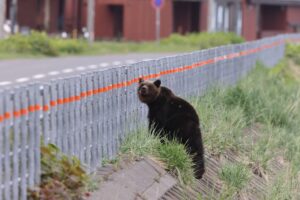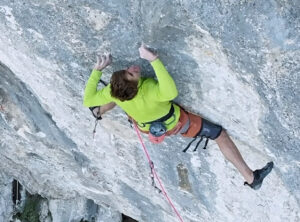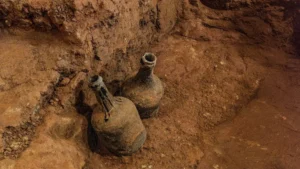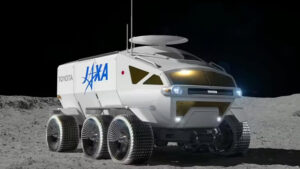Rapa Nui, home to the Easter Island statues, has yielded yet another of the enigmatic stone figures.
Archaeologists working in a dry volcanic lake bed dug up the statue, or moai, in mid-February. For those who know the moai as tall, narrow-featured figures hewn from dark volcanic tuff, the new discovery will present a detour. The statue is less than 1.5 meters tall, and it lays supine in the lake bed, face-up toward the sky.
“We think we know all the moai, but then a new one turns up — a new discovery,” Terry Hunt, professor of archaeology at the University of Arizona and longtime moai researcher, told Good Morning America.
The newly found statue joins over 1,000 other cataloged moai on Rapa Nui. According to The Smithsonian, they date to around 1300-1600 AD. Signifying anything from spiritual acknowledgement of the island’s ancestors to protection from outside threats, they stand up to 10m tall and can weigh as much as 80 tons.
The site of the new discovery is called Rano Raraku, and it lies within Rapa Nui National Park — a UNESCO World Heritage Site. The park is home to the coastal Chilean island’s indigenous population, which manages it through an organization called Ma’u Henua. Salvador Atan Hito, the group’s vice president, announced the new finding.
“For the Rapa Nui people, it’s [a] very, very important discovery,” Atan Hito told GMA through a translator. “Because it’s here in the lake and nobody knows this exists — even the ancestors, our grandparents don’t know [about] that one.”
There’s more where that came from
For his part, Hunt says the statues represent the indigenous islanders’ “deified ancestors.” And he thinks that where there’s one moai in Rano Raraku, there are likely more.
Researchers hope to find other ancient artifacts at the site, according to The Smithsonian. They’ll hunt for more statues and any tools their sculptors might have left behind. They also plan to perform radiocarbon dating to determine the moai’s age.
The island’s earliest human inhabitants arrived from East Polynesia around 400-700 AD. It got its Christian-centric nickname when Dutch explorer Jacob Roggeveen spotted it on Easter Sunday in 1722.
Eight thousand people now live there, but its ecosystems and famous archaeological record face threats from coastal erosion, rising sea levels, and even wildfires. Last October, a fire scorched roughly 100 hectares of the island and caused permanent damage to some moai.






